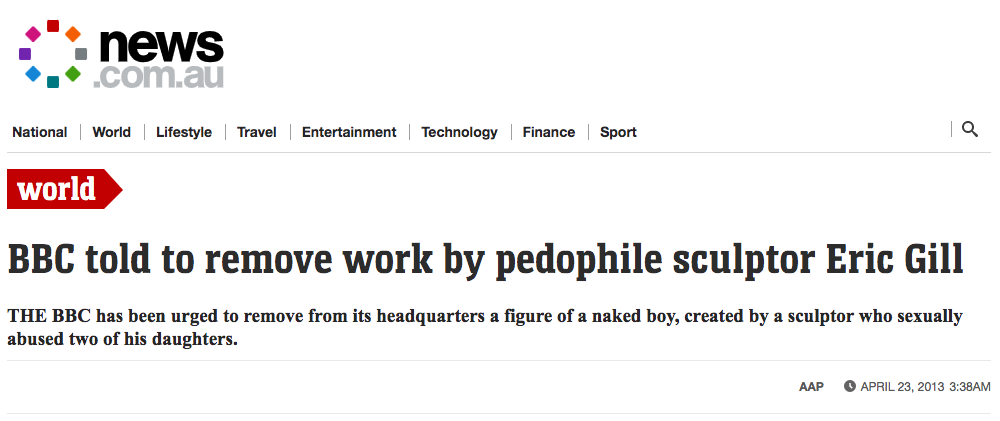While no one knows for sure why the Kindlifresserbrunnen was built, there are several theories as to why a child eating statue could be there.
Kindlifresserbrunnen: The Mysterious Child-Eating Statue Of Bern
In the middle of the Swiss city of Bern, there stands a giant statue of a grotesque beast devouring small children, a statue whose symbolic purpose has been lost to time. Built around 1546, the Kindlifresserbrunnen of Bern is a fountain with an imposing sculpture of an ogre with a half of a child spilling out of his mouth. In a sack in his other hand, he holds four more terrified children, presumably to eat later. The Kindlifresserbrunnen is one of the many ornately decorated fountains that can in the Old City of Bern, dating back to the 16th century. But among these, this gruesome depiction of an ogre eating children stands out from the rest, but what meaning it holds is unknown.
Though the true motivation behind the building of this statue may have been lost to the ages, historians have been able to come up with a number of plausible theories as to why someone would enact such a macabre sculpture in their city center. One such theory is that the statue was erected as a warning to the Jewish community of Bern that lived there at the time.
During the Middle Ages, blood libels — or anti-semitic rumors that Jewish people engaged in the human sacrifice and cannibalism of Christian children — were seen as a threat to Christian communities, an accusation that persists to this day. According to this theory, the Kindlifresserbrunnen represents a Jewish man eating Christian children. This representation is further supported by the fact that the hat worn by the ogre in the statue resembles a Judenhut, a hat that Medieval governments required Jews to wear outside of their ghettos to identify themselves.
Another theory is that the statue is meant to depict Cronus, a Titan from Greek mythology who was the father of the gods. Cronus, who was afraid his children would overthrow him, ate each one of them as they were born. Only Zeus escaped his clutches and freed his brothers from their father’s stomach. Cronus was a popular deity to depict during the late-Middle Ages, and inspired a number of deeply disturbing works of art. Kindlifresserbrunnen may also be a depiction of the older brother of Duke Berchtold, the founder of Bern. It is said that Berchtold’s older brother was driven mad because he felt he was constantly upstaged by his little brother. According to myth, this resentment drove him insane and drove him into a rage where he collected and ate the town’s children. Lastly, many historians believe that the Kindlifresserbrunnen merely depicts a kind of bogeyman meant to scare children into behaving. Due to his resemblance to the mythical creature, many believe he is associated with the Central European myth of the Krampus. Krampus is a half-goat, half-demon companion of Santa Claus who devours naughty children. Others believe he is a separate bogeyman, associated with the Swiss Fasnacht festival that signals the beginning of Lent.
Whatever the reasons behind this bizarre fixture, this imposing statue is now a landmark in the city of Bern and is not going anywhere anytime soon.
The Vatican Places Giant Statue of Molech at Colosseum Entrance
The Roman Colosseum is a World Heritage Site and is listed among the New Seven Wonders of the World. It is the most-visited tourist destination in the world. And now at the grand entrance to the Colosseum rests a statue of the Canaanite deity that is associated heavily with child sacrifice.
The paedophile sculptor and the image on the front of BBC Broadcasting House
THE BBC has been urged to remove from its headquarters a figure of a naked boy, created by a sculptor who sexually abused two of his daughters. The carvings of a man and a naked child were the creation of Eric Gill, one of the most respected artists of the 20th century when he died in 1940.
But his diaries, published in 1989, revealed he had sex with two of his daughters and the family dog.
His 1932 statue Prospero And Ariel, from Shakespeare's play The Tempest, stands on the BBC's Broadcasting House in London as a metaphor for broadcasting.
Ivanka Trump spotlights global human trafficking
June 29th 2017
Washington (CNN)Ivanka Trump, who serves as a top adviser to President Donald Trump, used her platform Tuesday to shine a light on human trafficking, which she called an "ugly stain on civilization."
"Combating this crime here in the United States as well as around the globe is in both our moral and our strategic interest," she said at a State Department event unveiling the annual Trafficking in Persons (TIP) report.
Trump signs executive order expanding efforts to combat human trafficking 'monsters'
January 31st 2020; January is human trafficking awareness month and on Friday, President Donald Trump signed an executive order expanding his domestic policy office with a new position solely focused on combating human trafficking.
The president officially announced the new position during a White House summit on the topic, organized by his daughter and senior adviser Ivanka Trump.
MORE: Prosecuting human traffickers poses significant challenges, top prosecutor says
"My administration is putting unprecedented pressure on traffickers at home and abroad," Trump said during the event, adding "we have signed more legislation on human trafficking than any other administration has ever even thought about."




